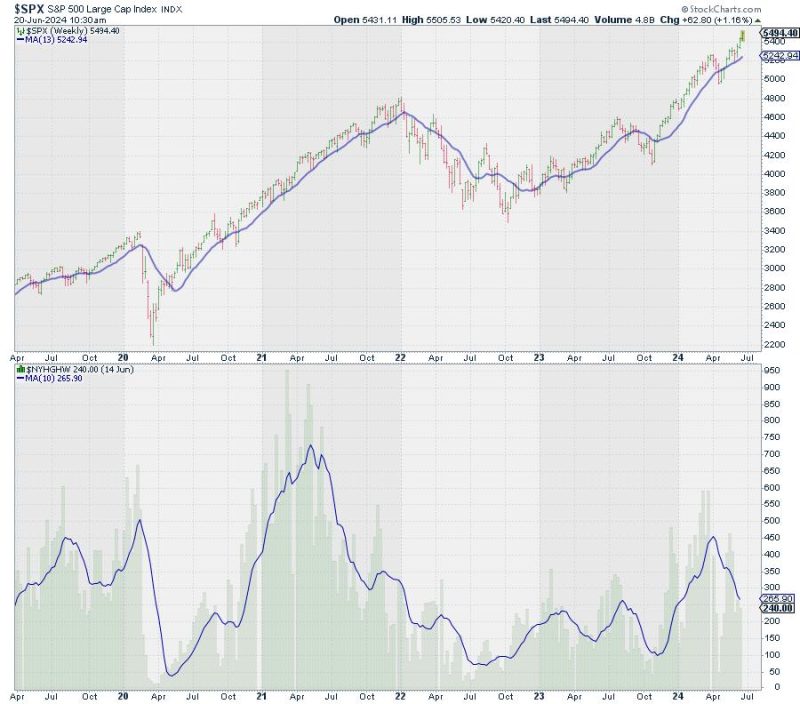In recent years, the global marketplace has witnessed a significant shift towards the introduction of dynamic pricing strategies to maximize profits and improve consumer experience. This practice, commonly referred to as surge pricing or demand-based pricing, involves adjusting prices in real-time based on various factors such as demand, inventory levels, and competitor pricing. While this approach has proven to be highly effective in boosting revenue and optimizing resource allocation, it also raises questions about its long-term sustainability and implications on consumer behavior.
One of the primary advantages of dynamic pricing is its ability to capture the true value of a product or service based on market conditions. By leveraging advanced algorithms and data analytics, companies can adapt their pricing strategy to meet fluctuating demand patterns, thereby ensuring optimal revenue generation. This flexibility allows businesses to capitalize on peak demand periods, such as holidays or special events, by increasing prices to align with consumers’ willingness to pay.
Moreover, dynamic pricing enables companies to stay competitive in a rapidly evolving market landscape. By monitoring competitors’ pricing strategies in real-time, organizations can adjust their own prices accordingly to attract price-sensitive consumers or differentiate themselves based on perceived value. This strategic advantage not only helps businesses maintain market share but also fosters innovation and agility in response to changing consumer preferences.
However, the widespread adoption of dynamic pricing has sparked concerns about its potential negative impact on consumer welfare and market transparency. Critics argue that surge pricing practices may lead to price discrimination, where certain groups of consumers are charged higher prices based on their perceived willingness to pay. This approach could exacerbate income inequality and erode trust between businesses and their customers, ultimately affecting long-term brand loyalty and reputation.
Furthermore, the use of automated pricing algorithms raises issues related to accountability and ethical considerations. With algorithms making pricing decisions in real-time, there is a risk of unintended consequences, such as price-fixing or collusion among competitors. Regulators and policymakers are increasingly scrutinizing dynamic pricing practices to ensure fair competition and protect consumer rights, highlighting the need for greater transparency and oversight in pricing strategies.
In conclusion, while dynamic pricing offers undeniable benefits in terms of revenue optimization and competitiveness, businesses must carefully balance these advantages with ethical considerations and consumer-centric approaches. By adopting transparent pricing policies, fostering dialogue with stakeholders, and incorporating safeguards against potential abuses, companies can harness the power of dynamic pricing responsibly and sustainably in the long run. Ultimately, the success of dynamic pricing lies in its ability to strike a delicate balance between profitability and social responsibility, thereby shaping a more equitable and consumer-friendly marketplace for the future.






















